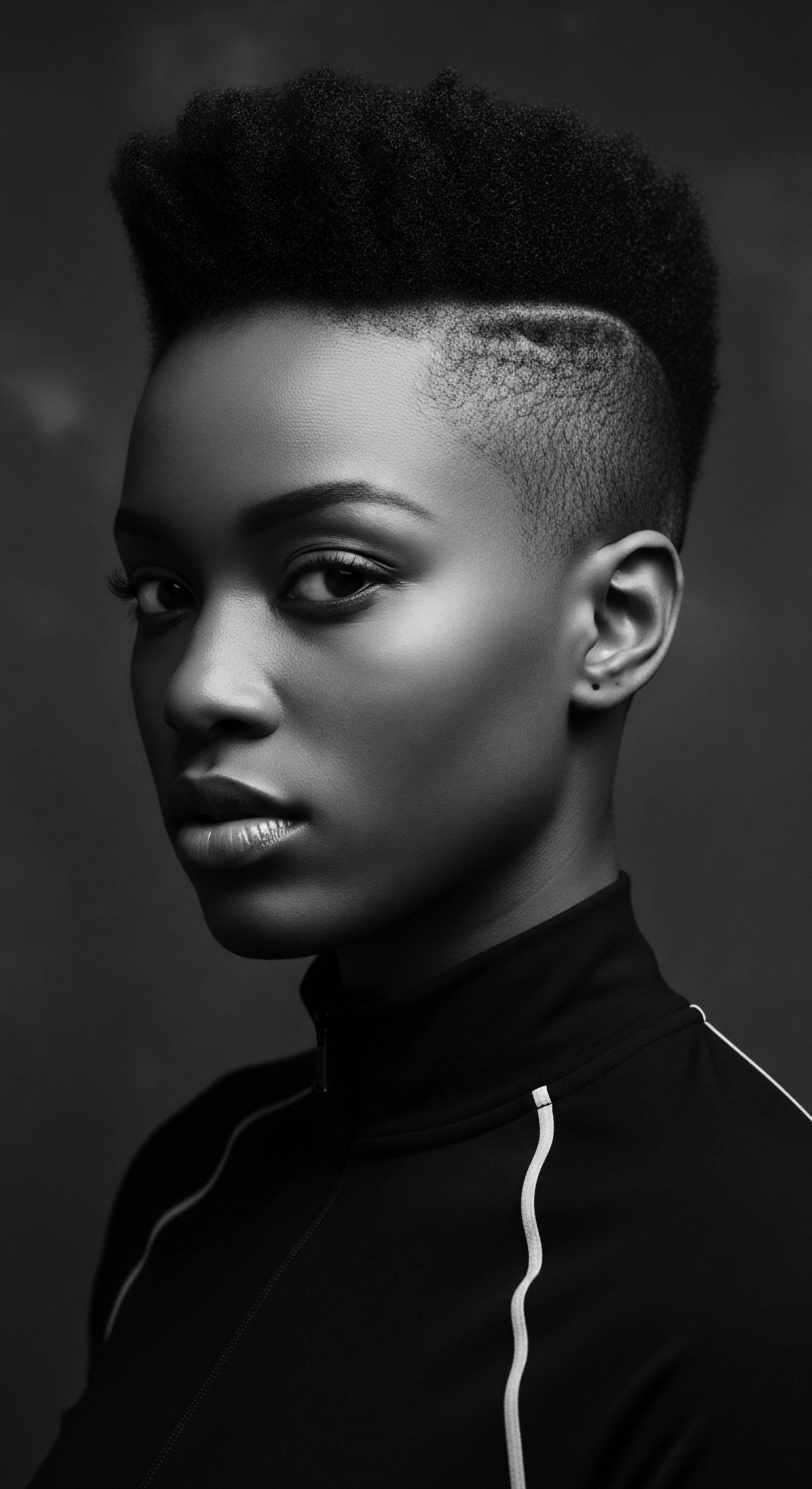
Roots
The very strands that crown us, spiraling outwards from ancient roots, carry more than just genetic code. They bear witness to journeys across vast oceans, silent struggles, and the resilient spirit of generations. For those whose lineage stretches through the diasporic experience, textured hair itself acts as a living archive, each curl and coil holding echoes of ancestral ways.
Within this sacred inheritance, the act of oiling stands as a profound signifier of identity, a language spoken not in words, but in the gentle caress of palms, the fragrant whisper of botanical extracts, and the deep, abiding memory held within the scalp. It is a connection, both visceral and symbolic, to a heritage that refuses to be severed.

What is the Elemental Anatomy of Textured Hair?
To truly understand the legacy of oiling, one must first grasp the physical architecture of textured hair. Unlike its straighter counterparts, curly and coily hair possesses a distinct elliptical or flattened cross-section, a shape that causes the hair shaft to bend and twist as it grows. This intrinsic curvature, while beautiful, also means that the natural sebum produced by the scalp struggles to travel down the entire length of the strand. The result often points to a tendency towards dryness at the ends, an observation deeply understood and addressed by ancestral practices long before modern science articulated the lipid barriers and cuticle layers.
The hair follicle itself, curved within the scalp, shapes this emerging helix, dictating the characteristic patterns we cherish today. From the innermost medulla, through the robust cortex which gives hair its strength and color, to the outermost cuticle layers, each part plays a role in hair’s vitality. Oiling, in its earliest forms, worked in concert with this biology, intuitively providing what nature’s flow could not always reach.
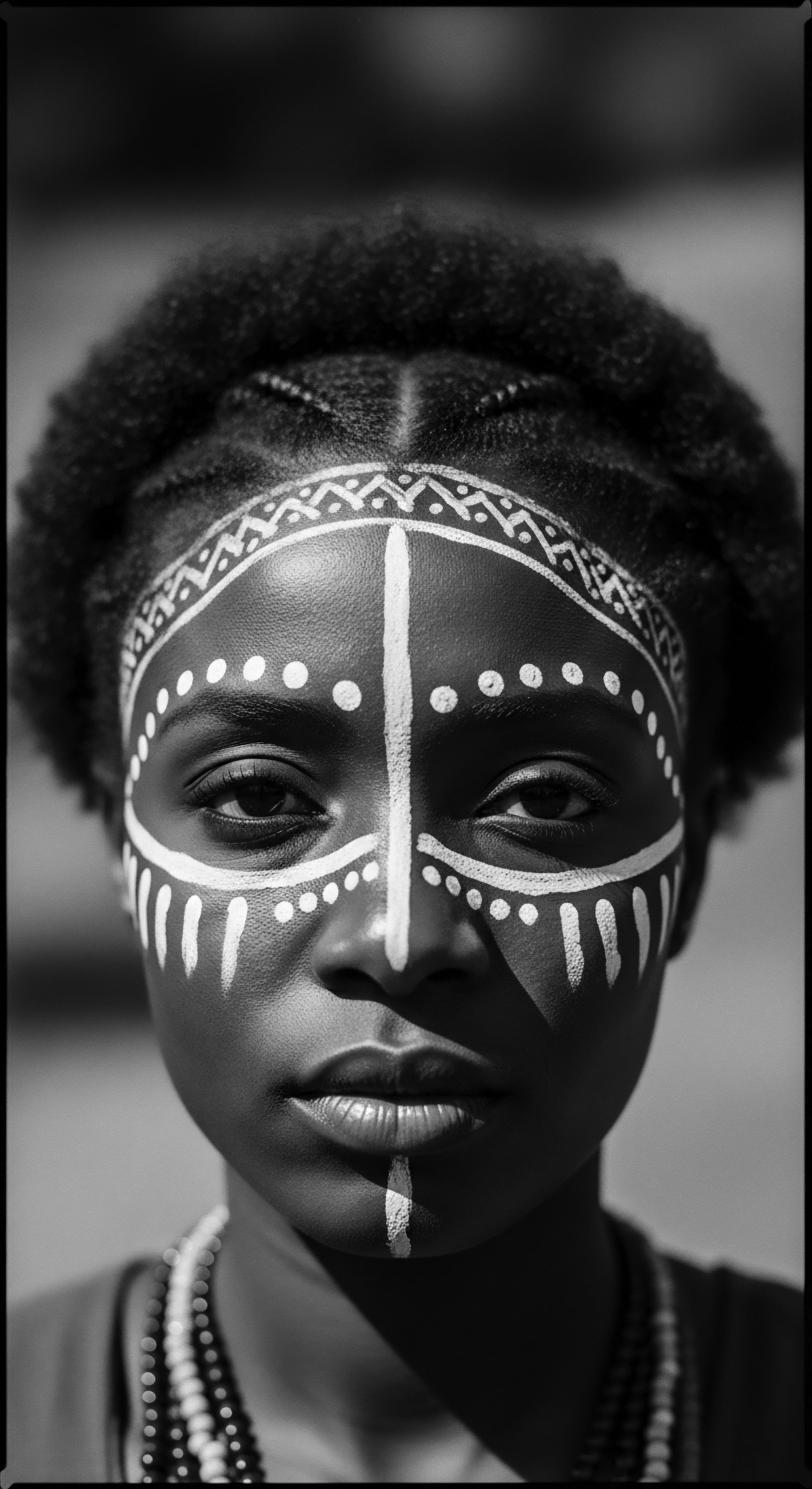
Ancient Botanical Gifts and Hair’s Structure
Across various ancestral lands, the flora offered specific emollients and protectors. Consider the rich, unrefined shea butter (Vitellaria paradoxa), harvested from the nuts of the shea tree, a staple for many West African communities. Its high concentration of fatty acids and vitamins A and E provided a natural sealant, compensating for the hair’s tendency to lose moisture. Similarly, palm oil (Elaeis guineensis), deeply ingrained in the culinary and cosmetic traditions of communities stretching from West Africa to the Caribbean and parts of South America, was valued for its deep conditioning properties.
These were not random choices; they were selections born from generations of intimate observation, a profound understanding of plant properties, and how these elements interacted with the very fiber of textured hair. This deep ancestral botanical knowledge, passed down through oral tradition and practiced daily, forms a cornerstone of our understanding of textured hair’s needs, predating any modern chemical analysis. The connection between the plant, the hand, and the hair was a sacred bond, an elemental conversation.
Oiling textured hair transcended mere grooming, becoming a profound act of identity preservation and ancestral connection across diasporic landscapes.

How Did Hair Classification Systems Acknowledge Oiling’s Role?
Early ways of categorizing hair were rarely about numerical types but centered on cultural meaning, social status, and communal practices. In many traditional African societies, hair patterns were recognized for their unique characteristics, and grooming rituals, including oiling, were tailored accordingly. There was an intuitive understanding that tighter coils benefited from heavier, more occlusive oils, while looser textures might need lighter applications. The language around hair was descriptive, often poetic, rather than rigid.
Terms for hair type were interwoven with daily care, community roles, and spiritual significance. The notion of ‘good hair’ or ‘bad hair’ is a construct of colonial influence, stripping away the inherent beauty and functional wisdom embedded in diverse hair patterns.
- Kinky Coils ❉ Often describes highly textured hair, dense and sometimes prone to shrinkage, which historically benefited from rich emollients to retain moisture and flexibility.
- Loose Curls ❉ Characterized by more defined, spring-like patterns, these often received lighter oils to impart shine and softness without weighing down the hair.
- Braided Foundations ❉ Hair prepared for protective styles like braids or twists, a common heritage practice, received ample oiling to lubricate the scalp and prevent dryness beneath the extensions or interwoven strands.
The very lexicon of textured hair, whether it be terms describing curl patterns or specific styling methods, often carries an implicit understanding of oil’s purpose. The language describes hair that needs nurturing, that responds to particular applications, reflecting centuries of accumulated knowledge.
| Aspect of Hair Care Primary Oiling Goal |
| Traditional/Ancestral Approach Nourishment, protection, communal bonding, spiritual significance |
| Contemporary Understanding/Practice Moisture retention, scalp health, styling aid, shine |
| Aspect of Hair Care Oil Sourcing |
| Traditional/Ancestral Approach Local plant extracts (e.g. shea, coconut, palm), animal fats |
| Contemporary Understanding/Practice Globally sourced plant oils, mineral oils, synthesized compounds |
| Aspect of Hair Care Application Method |
| Traditional/Ancestral Approach Hand application, often communal, ritualistic ceremonies |
| Contemporary Understanding/Practice Individual application, various tools (applicators, brushes) |
| Aspect of Hair Care Knowledge Transfer |
| Traditional/Ancestral Approach Oral tradition, apprenticeship within families/communities |
| Contemporary Understanding/Practice Digital media, professional stylists, scientific research |
| Aspect of Hair Care The continuity of oiling highlights an enduring dedication to textured hair health, bridging ancient wisdom with present understanding. |

Ritual
The hands that reach for the oils, the steady strokes along each strand, these are not random motions. They are the living memory of a ritual, a tender thread woven through the fabric of diasporic heritage. Oiling, within the context of textured hair, moved beyond simple hygiene; it became a conscious, deliberate act of care, connection, and creation. This ritual, passed from elder to child, from generation to generation, transformed hair into a canvas for identity and expression, embodying both survival and artistic spirit.

How Did Oiling Influence Protective Styling Heritage?
Protective styles, a cornerstone of textured hair heritage, owe much of their longevity and health benefits to the prior application of oils. Before intricate braids were woven, before robust twists were coiled, the hair and scalp were often prepared with rich, conditioning oils. This preparation served multiple purposes.
The oils provided a slip that eased the styling process, reducing friction and potential breakage. More critically, they sealed in moisture, creating a protective barrier against environmental aggressors and the tension often associated with tightly pulled styles.

The Ancestral Roots of Hair Preparation
Consider the cornrows of ancient Africa, designs often mirroring agricultural patterns or social hierarchies. Preparing the hair for these enduring styles involved a meticulous pre-oiling. In some West African traditions, specific blends of natural oils, perhaps infused with herbs, were massaged into the scalp and along the hair shaft. This practice was not merely functional; it was a time for storytelling, for instruction, for bonding.
The oil, then, became a medium for the transfer of ancestral knowledge, a silent conversation between generations about resilience and aesthetic. The hair, nourished and protected, could withstand the demands of work, ceremony, and time, serving as a visual statement of identity and group affiliation, a symbol of belonging that even oppressive conditions could not fully erase.
Oiling rituals shaped protective styles into expressions of cultural continuity, weaving ancestral wisdom into every strand.

The Art of Natural Styling and Oiling Practices?
Beyond protective styles, oiling played a pivotal role in the definition and maintenance of natural hair textures. For centuries, before the advent of modern styling products, natural oils were the primary means of enhancing curl patterns, minimizing frizz, and adding sheen. The simple act of applying oil to damp hair, then allowing it to air dry, became a foundational technique for defining coils and kinks. This method not only celebrated the hair’s natural form but also worked with its inherent thirst for moisture.
- Coil Definition ❉ After cleansing, a light application of jojoba oil or a similar botanical oil, which closely resembles hair’s natural sebum, would be worked through sections to help coils clump and spring.
- Twist-Outs/Braid-Outs ❉ Before braiding or twisting hair for definition, a more generous layer of castor oil or coconut oil would be applied to ensure maximum moisture retention and definition upon unraveling.
- Loc Maintenance ❉ For those with locs, a light oiling of the scalp and locs themselves sustained health and vitality, preventing excessive dryness and promoting a healthy scalp environment.
The transformation from damp, perhaps frizzy, hair to defined, radiant coils through the thoughtful application of oil was a daily artistry. It was a conscious decision to honor the hair in its natural state, working with its unique patterns rather than against them. This commitment to natural styling, supported by the inherent properties of oils, speaks to a deeper connection with heritage, a rejection of imposed beauty standards, and an affirmation of self.
| Oil Type Shea Butter |
| Traditional Application/Benefit Deep sealant for moisture retention, scalp conditioning, protective styling base |
| Cultural Connection West African heritage, communal preparation, symbol of nourishment |
| Oil Type Coconut Oil |
| Traditional Application/Benefit Shine, anti-fungal properties, conditioning, detangling aid |
| Cultural Connection Caribbean, Pacific Islander heritage, household staple, holistic wellness |
| Oil Type Castor Oil |
| Traditional Application/Benefit Thickening, scalp health, growth promotion, edge care |
| Cultural Connection African and Caribbean diaspora, intergenerational wisdom for hair vitality |
| Oil Type These oils embody a historical continuum of care, each carrying specific properties valued across diverse diasporic communities. |
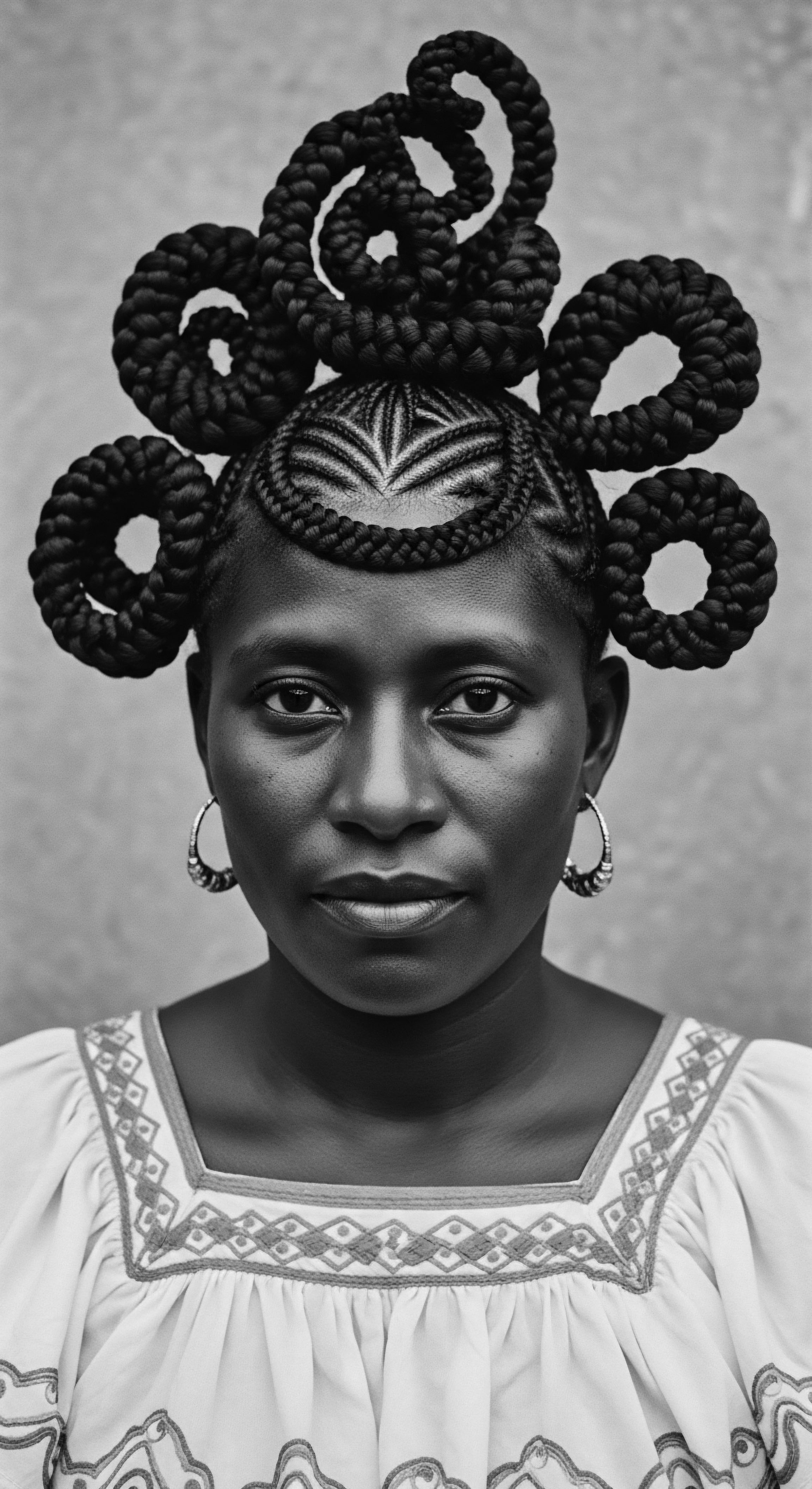
Relay
The story of oiling textured hair within the diaspora is a testament to the persistent relay of knowledge, a torch passed from hand to hand across generations and geographies. It is in the thoughtful application of oils that practical care blends with profound cultural meaning, problem-solving meets ancestral wisdom, and the self finds reaffirmation. This tradition, far from static, breathes and evolves, carrying forward the spirit of those who came before, shaping futures with every anointing touch.

What Ancestral Wisdom Guides Modern Regimens?
Building a personalized textured hair regimen today finds a deep echo in the time-honored practices of the past. Our ancestors, through observation and empirical knowledge, developed nuanced approaches to hair care, often seasonal or tied to life events. Oiling was not a singular, universal act, but a practice adapted to individual hair needs, local climate, and available resources.
The wisdom of ‘listening to your hair’ — a modern concept — finds its precedent in these intuitive ancestral ways. For instance, the understanding that certain climates, perhaps arid or humid, necessitated specific oil blends or more frequent applications, showcases an environmental awareness that prefigures contemporary climate-controlled hair care.

The Nighttime Sanctuary and Bonnet Wisdom
One of the most powerful expressions of oiling’s enduring heritage lies in the nighttime rituals. The act of preparing hair for sleep, often involving a light oiling and the wrapping of the hair in protective coverings like bonnets or scarves, is a practice with deep historical roots. In many African societies, headwraps and hair coverings were not merely adornment; they protected elaborate hairstyles, kept hair clean, and signified social status. As enslaved Africans were forcibly brought to new lands, these practices persisted, though often adapted.
The headwrap, and by extension, the bonnet, became a symbol of dignity, a silent defiance against dehumanization, and a practical tool for preserving the hair, which itself was a vital connection to homeland and identity. Oiling before covering the hair at night ensured moisture retention, minimized tangling, and reduced friction, practices critical for maintaining hair health under harsh conditions. The bonnet, therefore, acts as a soft shield, a continuation of an ancestral protective impulse, a space where hair is preserved, allowing it to thrive.
The relay of oiling knowledge underscores a deep lineage of self-preservation and the enduring spirit of heritage in hair care.
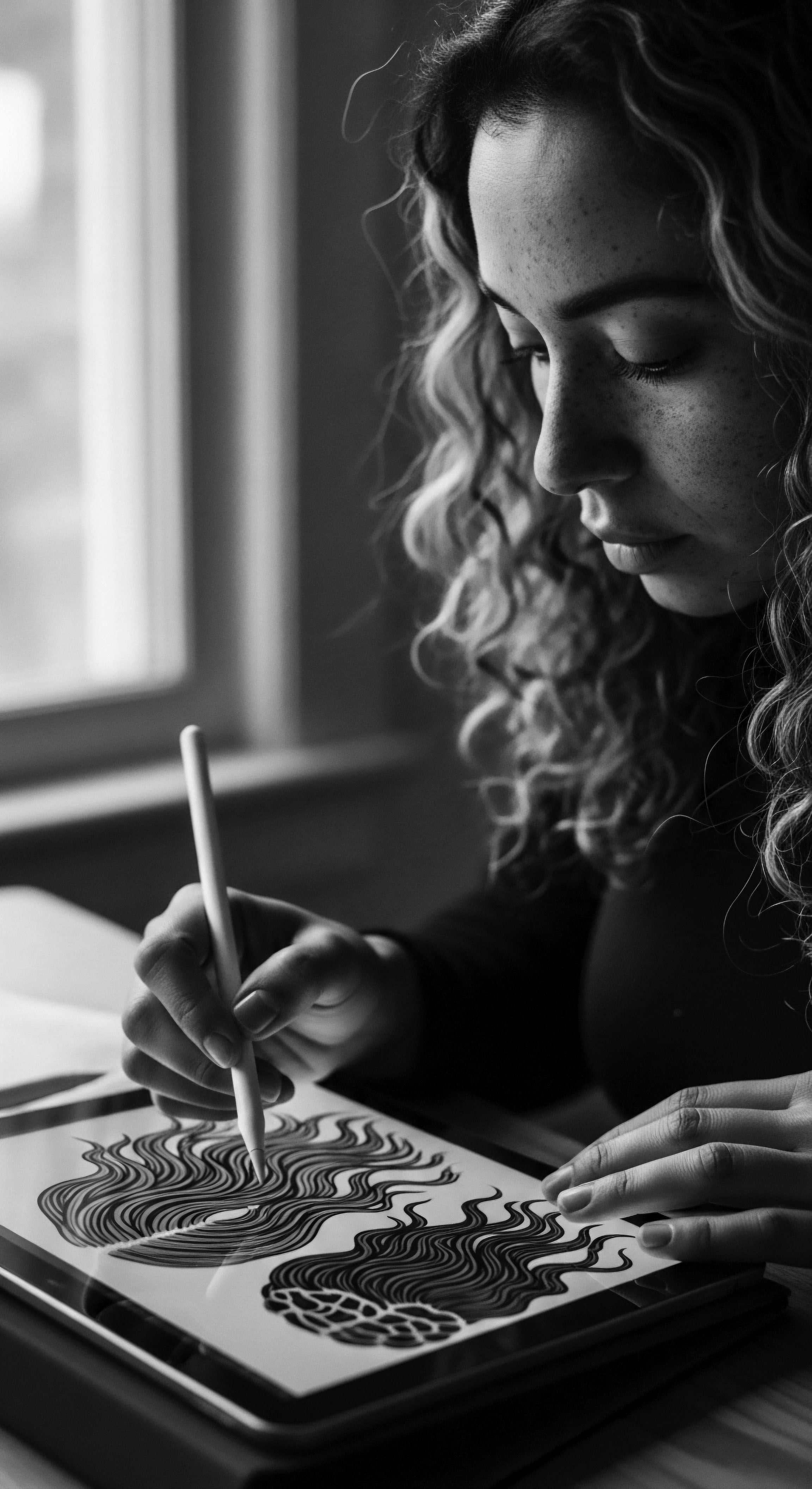
How Do Ingredients Carry Cultural Memory?
The ingredients themselves often serve as powerful repositories of cultural memory. Consider the journey of chebe powder , a traditional Chadian hair treatment containing a unique blend of seeds and oils, historically used by Basara women to maintain their exceptionally long, strong hair (Nde, 2021). The powder is mixed with oil, applied to the hair, and then often braided, an elaborate, time-consuming ritual. Its recent resurgence in the diaspora is not merely for its reported benefits for length retention, but because it re-establishes a tangible link to a specific African heritage, a particular lineage of hair wisdom.
Using chebe, or shea butter, or various types of coconut oil (depending on the specific ancestral ties to the Caribbean or Pacific) becomes a performative act of identity, a reclamation of cultural practices that were once dismissed or suppressed. This choice of ingredients is a direct lineage to traditional healing and beauty practices.
This re-engagement with ancestral ingredients also challenges dominant beauty narratives. By prioritizing ingredients rooted in specific heritage traditions, individuals in the diaspora assert agency over their beauty standards, choosing to look to their own past for guidance. The careful selection and application of these natural oils and powders speak to a profound self-acceptance and reverence for one’s own unique genetic and cultural makeup.
Beyond individual practice, the use of these heritage ingredients sometimes extends to communal enterprise, fostering economic independence. In some communities, the sourcing, preparation, and sale of traditional oils like unrefined shea butter become a means of supporting ancestral lands and creating economic pathways within the diaspora, connecting consumption with ethical and cultural production.
| Hair Concern Dryness/Brittleness |
| Ancestral Solution through Oiling Regular application of rich, occlusive oils like shea butter or avocado oil to seal moisture. |
| Modern Perspective/Benefit Lipid barrier reinforcement, reducing trans-epidermal water loss, cuticle smoothing. |
| Hair Concern Scalp Irritation/Dandruff |
| Ancestral Solution through Oiling Infusions of anti-inflammatory herbs into oils (e.g. neem oil in India, used by some in the diaspora). |
| Modern Perspective/Benefit Antimicrobial, anti-fungal, and soothing properties of specific botanical extracts within oils. |
| Hair Concern Breakage/Weakness |
| Ancestral Solution through Oiling Consistent oiling and protective styling to minimize manipulation and strengthen strands (e.g. black seed oil ). |
| Modern Perspective/Benefit Reduced friction, improved elasticity, and nutrient delivery to the scalp for follicle health. |
| Hair Concern From ancestral remedies to contemporary understanding, oils remain a central component in addressing various textured hair needs, solidifying their heritage role. |

Reflection
The journey through the significance of oiling textured hair within diasporic heritage is a contemplation of survival, beauty, and persistent identity. It is a living, breathing archive of resilience, woven into the very strands that adorn heads across the globe. Each drop of oil, each careful stroke, carries forward the wisdom of those who navigated forced displacement and cultural erasure, yet held firm to practices that sustained their spirit and their legacy. The whispers of ancient hands, the fragrant memory of forgotten lands, all persist in this ritual.
The act of oiling transcends simple cosmetic application. It becomes a dialogue with the past, a commitment to the present self, and a promise to future generations. In a world often pushing for conformity, the choice to nurture textured hair with oils, to connect with its unique lineage and needs, is an affirmation of self-worth and cultural pride.
It speaks to a deep understanding that beauty is not monolithic, but a vibrant spectrum rooted in individual and communal histories. This quiet revolution, unfolding in bathrooms and living rooms around the world, ensures the Soul of a Strand continues its radiant, unbroken song.
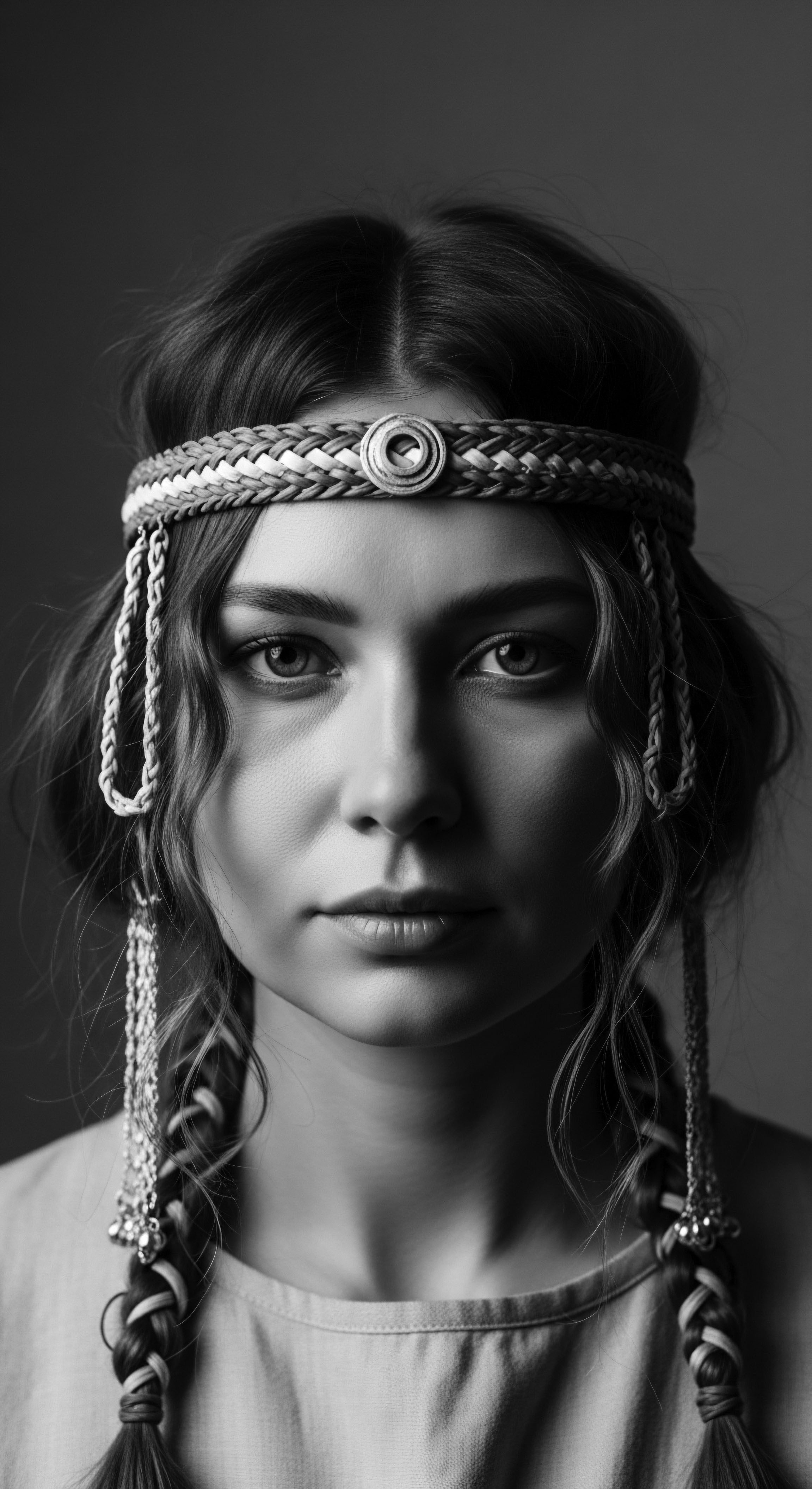
References
- Byrd, A. D. & Tharps, L. D. (2014). Hair Story ❉ Untangling the Roots of Black Hair in America. St. Martin’s Griffin.
- Hooks, b. (1995). Art on My Mind ❉ Visual Politics. New Press.
- Mercer, K. (1994). Welcome to the Jungle ❉ New Positions in Black Cultural Studies. Routledge.
- Nde, S. N. (2021). The Science of Chebe ❉ An Ethnobotanical Study of Basara Women’s Hair Practices. Journal of African Traditional Medicine, 12(1), 45-58.
- Powell, R. (2013). Cutting a New Image ❉ African American Hair Culture. University of Pennsylvania Press.
- White, S. (2019). The Natural Hair Handbook ❉ A Guide for Women of Color. Simon & Schuster.
- Willett, K. (2018). Hair Politics ❉ Hair Identity and the Black Woman. Lexington Books.
